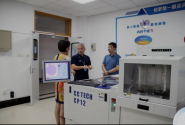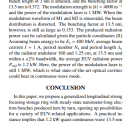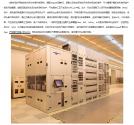Btw, I am a little disappointed that people are paying more attention to the link about America wanting china to be 5 generations behind rather than the link with q&a from smic earnings call.
That q&a really told me a lot.
At a time when fabs are having serious utilization issues in their more advanced processes, smic is not having any demand issues from 55nm and up. Everything is fully booked. Especially for 28/40 nm and I would imagine for finfet for sure.
Their existing 12-inch fab in Beijing simply isn't able to produce enough and they are trying to expand on it. More importantly, jingcheng fab has started mass production and same with Shenzhen and they are trying to increase 28 to 55nm capacity in both.
Demand is moving away from 90 to 65nm into nodes that require immersion equipment. Frankly, huahong is suffering from this move. It's going to be 2 yrs until their new fab can come online for 40nm stuff.
So right now, smic is capturing all the demand from domestic OEMs looking for domestic chip makers to de-risk.
One example of smic advancement is with nor flash. If you go to their website, it still shows 90 to 65nm as what they are capable of.
But if you look at earnings call, they state that they have moved to 55 and then 40nm node for nor flash mass production.
Now, tsmc seems to have started mass production of 40nm back in 2018.
So smic is unfortunately 5 years behind here. This is going to be a large and growing market given the increasing chip demand for cars.
And 28nm is the limit, so SMIC still has to get to that level to be more widely fab for embedded memories in auto chips.
And based on this article, sounds like they have plenty of R&D work to do to gain in FRAM, MRAM & ReRAM. Not sure how far behind TSMC they are in all those areas.
Just think about Gigadevice, which is one of the largest customers of SMIC. They can seriously benefit from SMIC mass producing 40nm and then 28nm NOR Flash
So as SMIC get more capable in their processes, it will help domestic fabless and the efforts to do incorporate more domestic supply chain in end products





